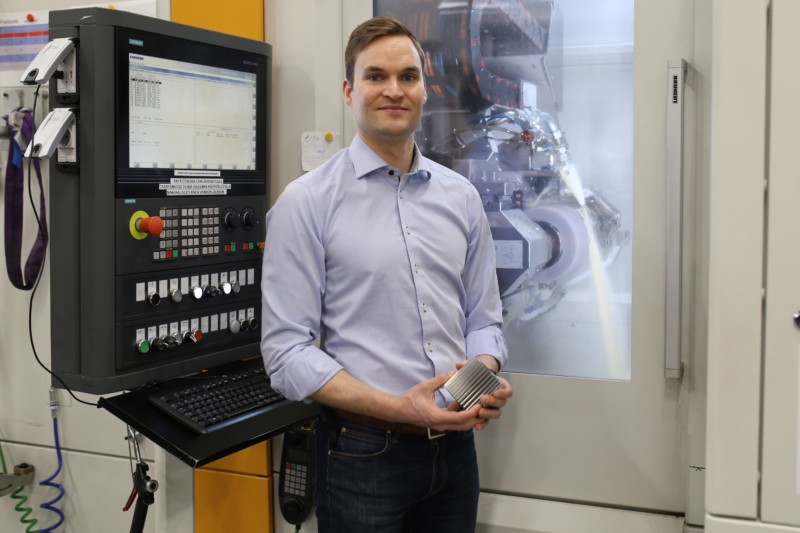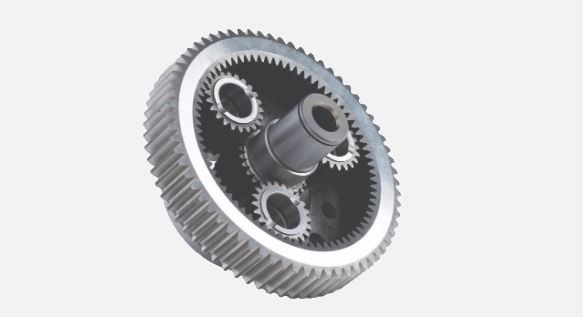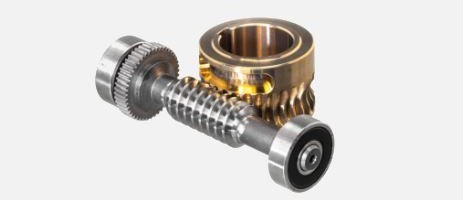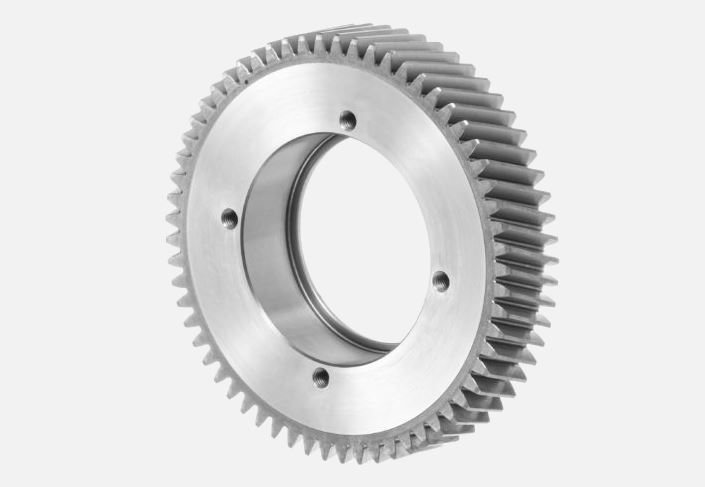How to choose an optimal rotating movement solution?
Choosing a rotating movement solution depends on several factors, such as the required speed and precision of rotation, the load capacity, sound level, the environment where it will be used, and required lifetime. Our Account Manager Aleksi Tammentie explains the characteristics of the most common rotating movement solutions below.

Planetary gear systems
Planetary gearbox transfers the large torques in the compact form with the input shaft and the output shaft aligned. A planetary gearbox consist of three main components: Sun gear, planet gears with carrier and ring gear. Gear ratios are usually between 3:1 and 10:1 per stage. For higher gear ratios, it is possible to use two or more stages.
The biggest benefits of planetary gearboxes are related to their durability, efficiency, and ability to handle high torque loads. Planetary gearboxes can also be cost-effectively tailored according to the application specific requirements, such as size, efficiency, performance and cost.
Planetary gearbox properties:
- Align input and output shafts
- High torque density
- Low backlash
- Compact design
- High efficiency
- Closed system

Worm gears
Worm gear sets are used to transmit power between non-parallel, non-intersecting shafts, usually having a shaft angle of 90 degrees. Worm gears consist of a worm, which has teeth wrapped around a cylinder, and the mating member, worm wheel. Worm gear sets are generally used in applications where the speed reduction ration is between 3:1 and 100:1, and in solutions where very accurate rotary indexing is required.
Due to the design of worm gear, several teeth are in mesh, and thus sharing the load, at all times. As a result of this, the worm gear sets will run very smoothly, and are able to have high load capacities. One main feature of worm gear sets is irreversibility. This means that the worm cannot be driven by the power applied to the worm wheel, which means inherent built-in safety mechanism for example in the event of a power failure.
Worm gear properties:
- Smooth run
- High load capacity
- High reduction ratio
- Irreversibility
- Low efficiency in high speed applications

Helical gearing
Helical gears transmit power between parallel shafts. Helical gears have teeth that are oriented at an angle to the shaft, unlike spur gears, which are parallel. This causes more than one tooth to be in contact during operation and this is why helical gears are capable of carrying more load than spur gears. Due to the load sharing between teeth, this arrangement also allows helical gears to operate smoother and quieter than spur gears.
Helical gearing solutions are cost-effectively tailored regarding shaft distance and gear ratio, and allow for good efficiency. Footprint can be optimized for example by using gear segments instead of complete gears, if motion solution does not require a wide range of motion.
Helical gearing properties:
- Easily tailored
- Cost-efficient

To discuss more rotating movement solutions do not hesitate to Contact us.
